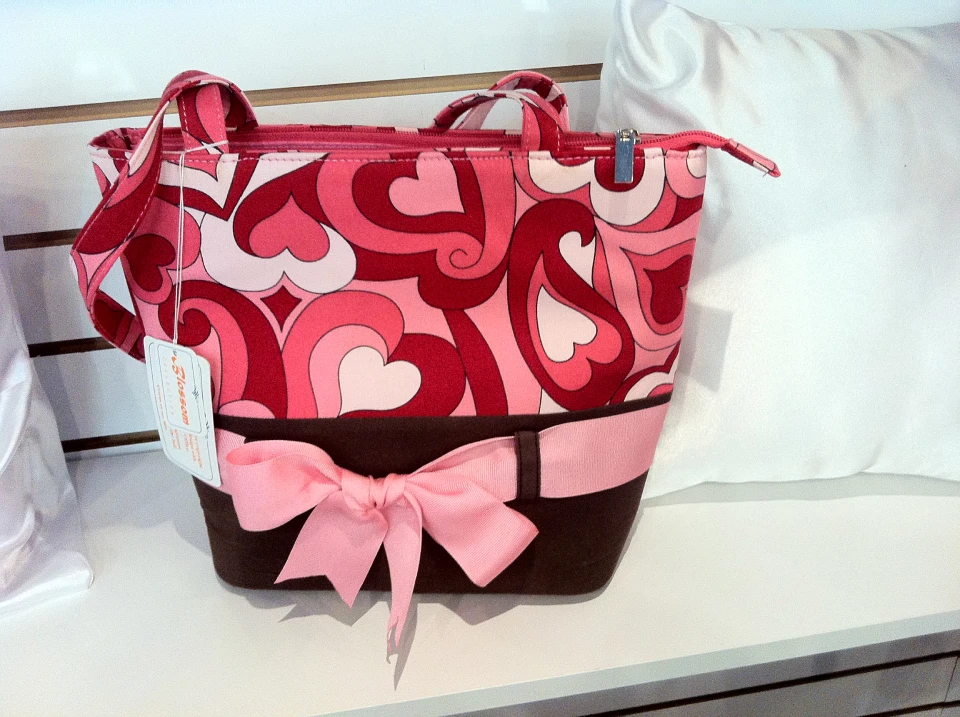Heat Transfer on T-Shirts and Aprons - Customized Designs and Logo Designs
Heat Transfer on T-Shirts and Aprons - Customized Designs and Logo Designs
Blog Article
The Art of Custom-made Needlework: Unlocking the Tricks to Creating Special and Remarkable Layouts
The keys to producing custom needlework styles that captivate the eye and leave a long lasting impact lie in a delicate balance of method, imagination, and interest to information. As we delve into the globe of personalized needlework, we uncover the nuanced interaction in between string selection, stitch complexity, and design customization that raises a mere garment to a job of art.
Picking the Right Embroidery Threads
When picking needlework threads, what essential factors should you think about to guarantee the finest results for your customized layouts? The choice of embroidery thread is important in identifying the final result of your stitched design. One of the primary considerations is the material of the string. Different products such as cotton, polyester, rayon, and silk offer varying levels of sheen, sturdiness, and structure. It is essential to pick a thread material that matches the fabric you are stitching on and aligns with the desired appearance of the design.
Thicker strings can add dimension and texture to your style, while finer threads are excellent for elaborate information and small message. Furthermore, taking into consideration the shade fastness and washability of the string is critical to make certain that your personalized layouts keep their top quality and vibrancy over time.
Checking Out Different Stitch Strategies
To dig right into the world of 'Discovering Different Stitch Methods', one should comprehend the intricacies and subtleties that each sewing approach brings to the art of needlework. Different stitch techniques not just add aesthetic passion yet also add to the total appearance and dimension of the style. One preferred stitch strategy is the satin stitch, which entails carefully stuffed parallel stitches to develop a smooth and shiny surface area, ideal for completing forms and developing strong details.
On the other hand, the backstitch is a functional method commonly used for detailing and adding great details. It includes stitching backward to produce a strong line of needlework. Furthermore, the French knot stitch adds a responsive element to designs, ideal for creating textured accents like flower centers or attractive touches.
Discovering different stitch methods enables embroiderers to play with light, shadow, and deepness within their designs, raising the aesthetic charm and imaginative high quality of their embroidery projects. By understanding different stitching approaches, one can unlock endless possibilities for creating special and memorable custom needlework pieces.
Incorporating Personalized Design Elements
Having actually explored the details of various stitch strategies such as the satin stitch, backstitch, and French knot, the focus currently shifts in the direction of including customized style aspects in custom-made embroidery tasks. Customized style elements play a vital duty in making needlework projects genuinely special and remarkable. One method to incorporate customization is by adding initials, names, or significant dates to the layout. This not just includes a tailored touch however additionally improves the nostalgic worth of the embroidery item.
One more method to include individualized design components is by including icons or themes that hold special definition to the recipient or show their passions and individuality. As an example, including a favored flower, animal, or hobby-related icon can make the needlework style more significant and personalized. In addition, choosing colors that resonate with the recipient or align with the desired style can further enhance the personalization of the needlework project.
Understanding the Art of Shade Sychronisation
One key facet of shade control is recognizing color theory. This consists of understanding exactly how different colors connect learn the facts here now with each various other, the feelings they communicate, and how they can be integrated to develop visually attractive layouts. By using shade theory concepts, embroiderers can develop unified color combinations that boost the overall appearance of the style.
Additionally, taking notice of comparison is important in shade control. Using contrasting shades can aid particular components of the design pop, boost clarity, and produce an aesthetically vibrant embroidery piece. By mastering the art of shade control, embroiderers can elevate their styles and develop remarkable items that reverberate with customers and visitors alike.
Enhancing Appearance With Advanced Needlework Stitches

French knots, for example, are excellent for adding small, elevated dots to your design, simulating the look of beads or creating a textured surface area. Bullion knots, on the various other hand, can be used to develop twisted, ropelike aspects that include an extravagant feel to the embroidery. Seed sewing involves small, scattered stitches that can complete areas with a multicolor appearance, while turkey job creates cosy, dimensional accents evocative animal fur or vegetation. Try out these advanced needlework stitches allows you to press the borders of standard needlework and create really distinct and aesthetically attractive structures in your click over here layouts.
Final Thought
To conclude, the art of custom-made needlework involves a mix of selecting the ideal threads, exploring numerous stitch strategies, integrating individualized style elements, understanding shade coordination, and improving structure with sophisticated stitches. By recognizing and applying these crucial elements, embroiderers can develop unique and remarkable styles that showcase their creativity and skill. Needlework fanatics can unlock the tricks to producing stunning and custom pieces that attract custom suit shop attention and leave an enduring impact.
Report this page